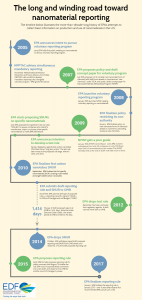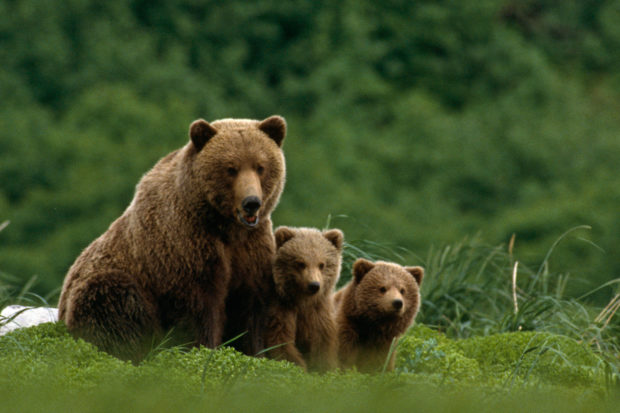By Kate Zerrenner

At my household, a new year means a new energy and water-use baseline. By that I mean, every month, I look at how much electricity and water I used in comparison to the same month the previous year – so I can try to be as efficient as possible. But I work in the energy field, and I know that’s not a typical New Year’s tradition. Most people don’t examine the trends of their energy-use or spend much time thinking about how to reduce it.
So, what motivates the “average” person to take action and be more energy-efficient? It depends.
A recent study by the Pacific Institute for Climate Solutions and the American Council for an Energy Efficient Economy (ACEEE) looked at the psychology behind individuals’ energy efficiency behavior, and how that information could be used to design more effective programs.
The study came away with some fascinating findings that show electric utilities need to be strategic in the way they create, as well as communicate about, their efficiency programs. Moreover, it led me to believe showing how energy efficiency relates to water – the quality and availability of which many people care about – could help encourage people to be more mindful about their energy use.
Study takeaways
One false assumption often made when designing an efficiency program is, if you give the customer the information and tell them what to do, they will do it. But information alone will not lead people to change their behavior.
Information alone will not lead people to change their behavior.
In order to ensure people actually hear and act on the message, utilities should consider:
- Tailoring messaging: Rather than simply talking about saving energy, the program could emphasize improving air quality or saving money, depending on your audience. For example, the study concludes “conservatives are more likely to respond to messages about ‘wasted energy’ or ‘climate change’ than to messaging about ‘global warming’.” But first, utilities have to learn more about their customers to understand the language that will work best.
- The right messenger: People are social animals, and we are more likely to listen to a message from someone we know and trust. The study found that recruiting trusted leaders from a social network, like a neighborhood or church, would be more effective than having the information come from an outsider.
- Giving feedback: Letting people know their actions are saving energy makes it more likely they will continue to engage in that behavior. Plus, “the more frequently personalized feedback is given, the more effective it tends to be.” Other studies have shown real-time energy-use feedback can result in up to 12 percent household savings.
- Using pledges: A commitment to do something – like promising to turn off all appliances when not in use – makes people “more likely to follow through with their planned actions.”
How water could help make people more energy-efficient
Click To Tweet
The energy-water connection
Unless you live near a power plant or in a place with markedly poor air quality, you probably don’t think about how your own energy use can have a direct impact on the environment.
But what if you tied electricity to something more personal, like water?
I live in Austin, and my water comes from the Highland Lakes, a group of manmade reservoirs from the Colorado River just outside the city. I spent every summer as a kid swimming and boating in Lake Travis, part of the Highland group. In the worst year of the Texas drought, the beautiful Lake Travis looked like a mud pit. Businesses and marinas closed because the water no longer made it to what had been the shore. I’ll never forget how that lack of water made me feel, and it still inspires me to use water wisely.
Every time you turn your lights on, you might as well be turning on the faucet, too.
Connecting water to power could sway more people into thinking about how they use energy. Traditional power resources – like coal, natural gas, and nuclear – require a significant amount of water to produce energy: It takes an average of 21 gallons of water to produce one kilowatt-hour of electricity. The average American uses about 900 kWh per month – that’s nearly 19,000 gallons of water per person per month just for electricity! So, every time you turn your lights on, you might as well be turning on the faucet, too. If electric utilities made that connection to customers or policymakers, it could make the reality of our energy behavior more tangible.
Energy efficiency is a great way to reduce customers’ bills, save water, and lower pollution. But if utilities want people to take advantage of their energy efficiency programs, the new study from Pacific Institute for Climate Solutions and ACEEE suggests they should consider strategic tactics and messengers when delivering the critical details surrounding efficiency. One way to enhance engagement could be by emphasizing the inextricable link between energy and water, and helping people understand where their water comes from.
How you use electricity in your own home is a personal decision, but having a deeper knowledge of the impacts of those choices could lead to less energy and water waste – and healthier air for us all.
Photo source: iStock/nicolas_

Read more






